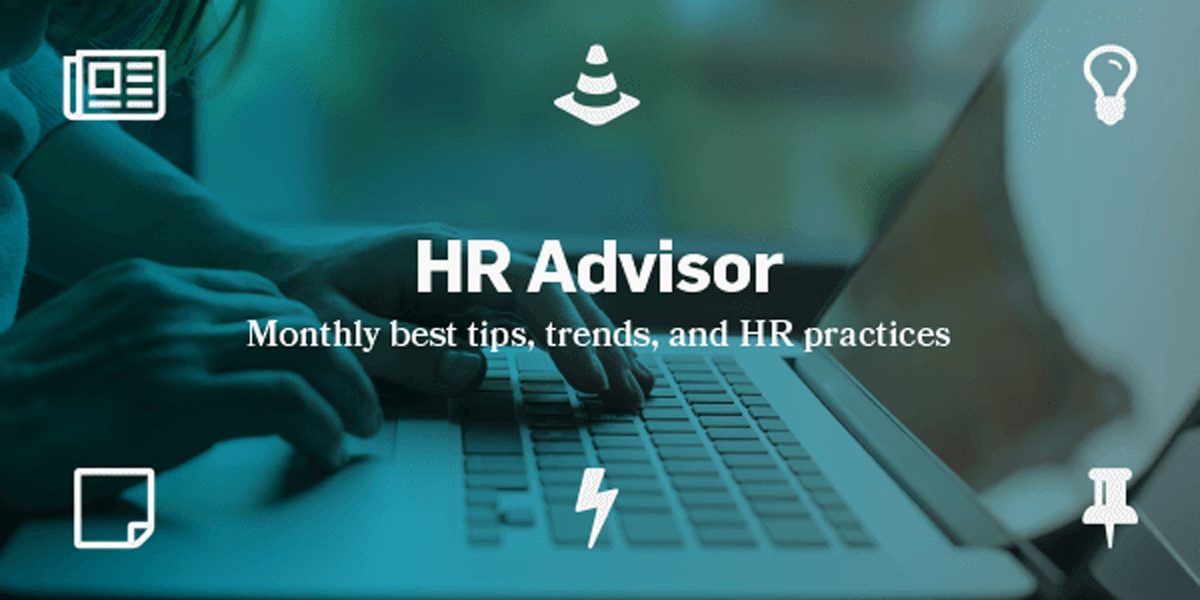How to Support a Grieving Employee
Everyone experiences grief at some point in their life, and yet for being such a common experience, it’s also one that few of us are fully equipped to navigate when it comes. In part, this is because grief is such an overwhelming and horrible experience. Nothing can prepare you for it. You just have to go through it and get through it. Grief is also a unique experience for each person. Everyone has their own path through its stages, and what helped one person work through their grief may not help another.
To complicate matters, our fast-paced, always-on society isn’t set up to allow time for grief. We’re often pressured to keep our grief private and keep it short. Grief takes us away from our obligations, and our obligations may be impatient for us to return. Households need to be managed. Work needs to be done. Bills need to be paid. Life goes on.
No one can make the grief easy, but there are ways to be supportive and to give people the time and space they need to process their emotions and find healing. Below are some ways that employers and coworkers can support a grieving employee:
Document workflows. Upon hearing of a loved one’s passing, an employee may need to drop everything and leave work immediately, and, in some circumstances, the employee may not be reachable or be able to update you on the status of all their work assignments and projects. With clear, documented workflows set up ahead of time, you can quickly reassign work, and the employee doesn’t need to worry about any urgent or time-sensitive work they left behind. Having documented workflows is also (and more commonly) useful when an employee quits without giving sufficient notice or is sick or injured themselves.
Educate managers and teammates about the grieving process. Grief can take many forms and look different from day to day. Managers and coworkers of a grieving employee may not know what to say (or not to say) or how they should act. Bringing in a grief counselor to talk with employees and educate them about grief can help them support their grieving team member. Grief counseling is also a good idea if employees are grieving the loss of a colleague.
Provide bereavement leave and flexibility upon return. In many cases, people who have lost a close family member have to put their grief on hold so they can make all the calls and decisions that have to be made when someone dies. They may have to make arrangements for the funeral, inform family, friends, schools, and others about the death, and give extra attention to children or other people in the home. It’s a lot. Employers can be a big help here by offering bereavement leave and flexibility when the employee returns.
In the United States, the typical bereavement leave policy is three to seven days, which is rarely enough time to hold a funeral or memorial service, let alone work through the initial pain of a loss. Some companies offer more time off. The policy at Facebook, for example, is 20 days of paid time off after the death of an immediate family member.
Of course, providing either paid or unpaid time off is a huge expense, and not every employer can make it work, however much they would like to. Our general recommendation is to offer as much time as you can and communicate with the employee about how much time they feel they need. Some employees may want to come back sooner rather than later because work helps get their minds off the pain. Others may ask for longer because they need more time to heal before they’re able to be fully productive at work.
Understand, too, that grieving employees will have bad days, and grief can come on suddenly, like a ton of bricks. Grieving employees may need extra breaks or need to take a half day unexpectedly. Letting employees know that they have flexibility after they return can be a big relief.
Offer mental health care. It’s likely that grieving employees will need therapy to help them process the loss and work through their emotions, but regular sessions with a therapist can quickly become costly. Providing health insurance that covers mental health care can help ease this financial burden. An Employee Assistance Program may also be beneficial.
Reach out to offer support, but be mindful of decision fatigue. People experiencing a loss need support, but they may not know what support they need or be able to answer if asked. Decision fatigue is very common immediately after a death. Even a question like, “What can we bring over for dinner?” can be stressful to answer.
One option here is to simply let a grieving employee know that you’re there for them and that they can reach out if they need anything. Another option is to make decisions yourself about what support you give. For example, if you want to provide the employee with a gift card to a restaurant, you could select the restaurant yourself instead of asking the employee which restaurant they’d prefer (just be sure to take the possibility of food allergies into consideration). Both of these options let the employee know that you care about them without adding to the decisions they have to make and the stress they’re feeling.
Be aware of triggers and PTSD. If the death was particularly sudden, unexpected, or traumatic, the employee may at times unexpectedly re-experience the horror, panic, stress, and fear they felt at the time of the event. In some cases, the employee may be diagnosed with post-traumatic stress disorder. If any of this occurs, give the employee time and space to process their emotions.
Also, don’t be hard on yourself if something you say triggers a response. There’s no way to anticipate all of the words and images that could be triggering, and even if you know the details of the death, it’s simply not reasonable to expect that you’ll remember those details in every moment that you’re speaking. Don’t worry if you say the “wrong thing.” The important thing is to be aware that a grieving employee may feel the need to step away and to show understanding and compassion in those moments.
How to Improve Your Job Postings
A job posting is often the first impression a prospective job applicant has with your organization. It’s important for that impression to be an informative one. Your job postings should convey why someone would want to work for your company, what distinguishes your workplace from others, what’s exciting about your mission and vision, what you have to offer, and what the job is and requires. Here are a few ways to get better results from your job postings:
Highlight the company’s strengths. Part of the purpose of a job posting is to sell your organization to prospective employees. It’s a sales pitch that conveys your culture and brand. Be sure to include both traditional benefits (e.g., insurance offerings, retirement plan) as well as less common, more exciting perks (e.g., unlimited PTO, remote work options, product discounts). You should also mention company awards, notable achievements, and career development opportunities.
List the minimum requirements and essential functions of the job. You can also include the full job description, if you have the room for it. The requirements and functions you mention should be accurate and clear. You don’t want to scare away great prospects with unnecessary requirements, but you also don’t want a lot of unqualified people applying for the job.
Include the pay range. Posting the pay range of the job will get you 30% more applicants. It will also save you and potential applicants a significant amount of time by allowing them to self-select out of the running if the range is too low for their needs or if it clearly indicates that you are looking for a more experienced employee. It will also promote transparency and help create a more equitable workplace, but it’s not a requirement.
Analyze the results of previous job posting locations, especially if you paid for them. Consider not only the upfront fee, but also whether you received a good number of applications specifically from that source. Were the candidates qualified? Have you ever hired candidates from this source? There’s no sense paying to post job ads that aren’t bringing in good candidates.
Consider alternatives to where you’ve posted in the past. Here are a few options:
- Overlooked talent pools (e.g., websites geared toward certain populations or groups)—these can be especially helpful for increasing diversity in your workplace.
- Community events and job fairs in your area—being able to answer questions about your company and your open positions can help weed out those who may not be a good fit or might not be happy in the role.
- Local schools—many colleges guarantee a certain job placement rate and have an entire department to help their students become employees in the industry of their education. Oftentimes the coordinators of these programs will come to you for jobs as well, which is another direct talent pipeline. Reach out to your local community colleges or local universities and talk with them about any students that they might have who would fit your job description needs. They often also have an internal communication system that can get your job posting in front of a lot of students (or even alumni) in a hurry.
- Previous applicants—even those you interviewed who might have been a second or third choice. You already know they’re interested in your company, and you may even have met them face to face. Even if it’s been half a year since they applied, reach out. What’s the worst that can happen?
HR Tip of the Month
Tomorrow is Election Day. To give employees more opportunity to vote, consider cancelling or postponing any meetings scheduled for the day



